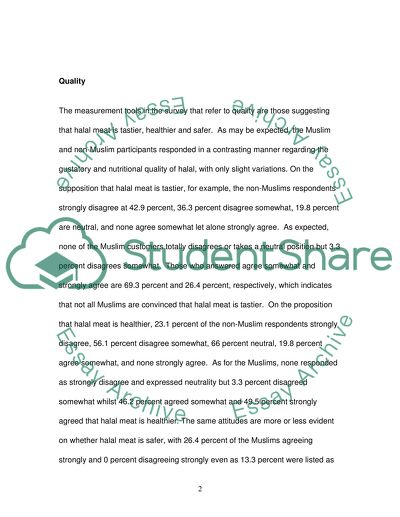Cite this document
(“Consumer Behaviour Towards Halal Meat Research Paper”, n.d.)
Retrieved from https://studentshare.org/sociology/1516863-consumer-behaviour-towards-halal-meat
Retrieved from https://studentshare.org/sociology/1516863-consumer-behaviour-towards-halal-meat
(Consumer Behaviour Towards Halal Meat Research Paper)
https://studentshare.org/sociology/1516863-consumer-behaviour-towards-halal-meat.
https://studentshare.org/sociology/1516863-consumer-behaviour-towards-halal-meat.
“Consumer Behaviour Towards Halal Meat Research Paper”, n.d. https://studentshare.org/sociology/1516863-consumer-behaviour-towards-halal-meat.


